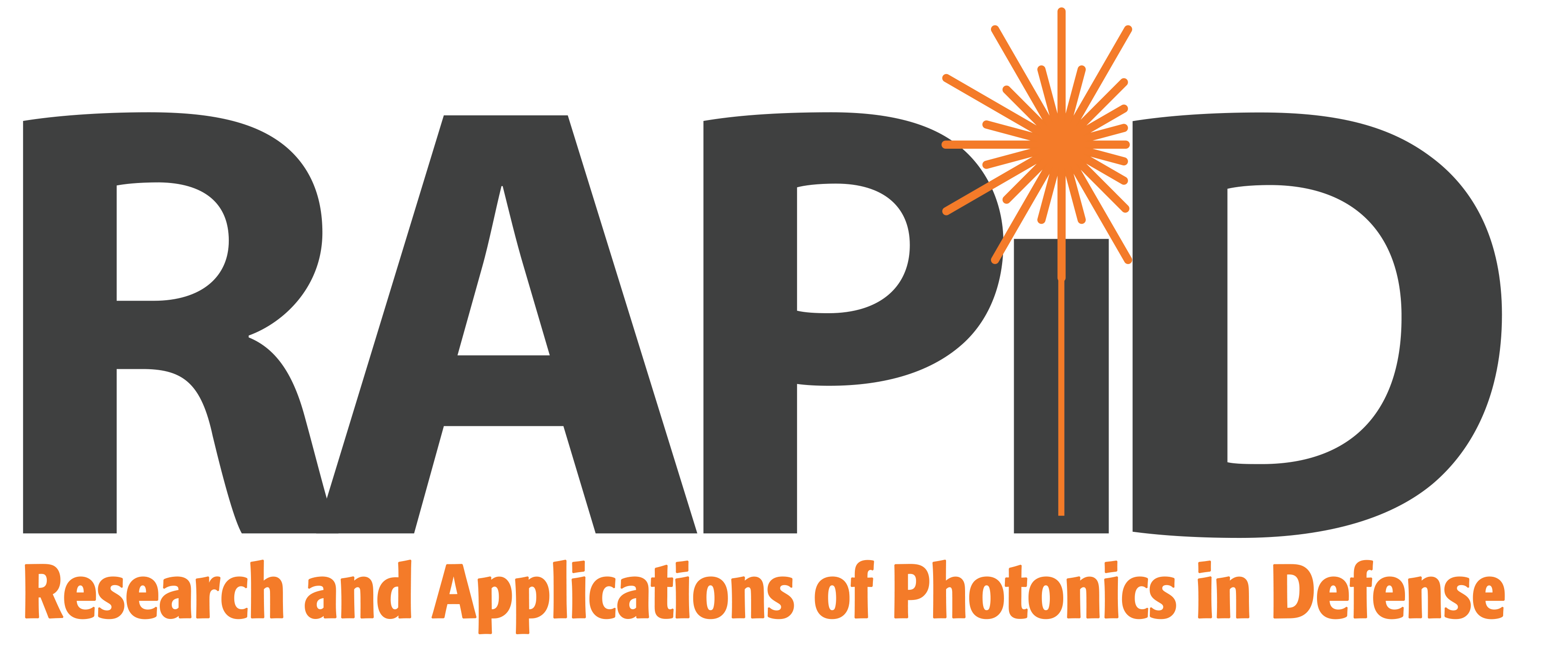Keynote/Plenary/Tutorial & Invited Speakers
Keynote Speaker

Gen. Arnold W. Bunch Jr.
Commander, Air Force Materiel Command, Wright-Patterson Air Force Base, USA
Gen. Arnold W. Bunch Bio:
Gen. Arnold W. Bunch Jr. is Commander, Air Force Materiel Command, headquartered at Wright-Patterson Air Force Base, Ohio. He is responsible for installation and mission support, discovery and development, test and evaluation, life cycle management services and sustainment of virtually every major Air Force weapon system. The command employs approximately 87,000 people and manages $60 billion of budget authority annually.
Gen. Bunch was commissioned in 1984 as a graduate of the U.S. Air Force Academy. He completed undergraduate pilot training in 1985. He completed operational assignments as an instructor, evaluator and aircraft commander for the B-52 Stratofortress. Following graduation from the Air Force Test Pilot School, Gen. Bunch conducted developmental testing in the B-2 Spirit and B-52, and served as an instructor in each. Additionally, he has commanded at the squadron, group, wing, and center levels. Prior to his current assignment, he was the Military Deputy to the Assistant Secretary of the Air Force for Acquisition, Technology, and Logistics, at the Pentagon, Arlington, Virginia.
Plenary Speakers
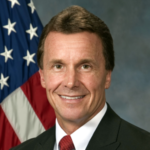
David Lambert
Air Force Research Laboratory, Munitions Directorate, USA
David Lambert Bio:
Dr. Lambert serves as the principal scientific and technical advisor to the director and is the primary authority for the technical content of the directorate’s science and technology portfolio. The Munitions Directorate leads the discovery, development, and integration of affordable warfighting conventional air-launched weapon technologies for the USAF. The directorate consists of a staff of more than 700 military, civilian, and contracted professionals pursuing a wide variety of research and development efforts in energetic and explosives, fuzes, warheads, missile seekers, guidance, navigation and control, weapon airframes, assessment methodology, and the integration of these into weapon systems.
Dr. Lambert has over 34 years in AF S&T with main emphasis in air-launched kinetic weapons. He has served on Board of Director and various leadership roles for the International Ballistics Society, Hypervelocity Impact Society and the American Society of Mechanical Engineers. He was recognized in 2011 as an esteemed Technical Fellow of Air Force Research Laboratory and in 2018 was awarded Fellow of the American Society of Mechanical Engineers. Dr. Lambert earned a B.S. in Mechanical Engineering, Florida State University, a M.S. and a Ph.D. in Engineering Mechanics, University of Florida.
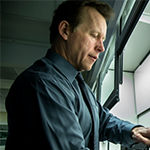
Nicholas Kotov
University of Michigan, USA
Nicholas Kotov Bio:
Transcending multiple disciplines, Prof. Nicholas A. Kotov’s research rests on the discoveries of biomimetic nanostructures and interface-based materials engineering. Prof. Kotov demonstrated that the ability to self-organize into complex structures is the unifying property of all nanostructures regardless of chemical origin – inorganic, organic, or biological. He identified self-assembly pathways that live organisms utilize to make sophisticate biomaterials and recreated them for inexpensive man-made inorganic nanoparticles. These findings led to numerous materials with properties that had previously been deemed unattainable, such as high-conductance composites from nanocarbons, ultrastrong multilayers from clay nanoplatelets, and omnidispersable spiky colloids from nanoparticles. Cumulative understanding of chemical, physical, and mathematical rules underpinning Nature’s design of complex materials made possible realization of hierarchical assemblies of chiral nanoparticles that exceed the complexity of their biological analogs. Kotov’s studies of self-organizing nanostructures inspired and enabled the development of energy technologies, soft electronics, biomedical implants, rapid drug discovery, and biomimetic membranes.
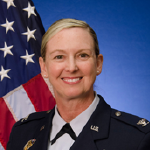
Michelle Ewy
Air Force Research Laboratory, USA
Women in Photonics / Women in Science and Engineering
Michelle Ewy Bio:
Colonel Michelle Ewy is the Deputy Director and Detachment 14 Commander of the Air Force Office of Scientific Research (AFOSR), Arlington, VA. In this role she helps lead the management of the United States Air Force’s global basic research investment. AFOSR has a staff of 200 scientists, engineers and administrators in Arlington, Virginia and foreign technology offices in London, Tokyo and Santiago, Chile. In this role, Col Ewy ensures the success of a $500 million/year basic research investment portfolio and the transition of resulting discoveries to other components of the Air Force Research Laboratory, to defense industries and to other federal agencies. The office’s annual investment in basic research is distributed among roughly 200 leading academic institutions worldwide, 100 industry-based contracts, and more than 250 internal AFRL research efforts.
Colonel Ewy received her commission through the Air Force Reserve Officer Training Corps in August 1995. After her initial assignment as an Air Force chemist at the Air Force Center for Environmental Excellence, she was selected to attend the Air Force Institute of Technology Civilian Institution program and earned her Ph.D. in chemistry from the University of Virginia in Charlottesville, Virginia. She has had multiple assignments within the Air Force science and technology enterprise including time as a researcher at the Air Force Research Laboratory, an associate professor at the United States Air Force Academy, and the Commander of the Air Force Drug Testing Laboratory. Colonel Ewy also served tour 120-day rotations as the Lab Chief of the deployed Aerospace Fuels Laboratory in support of Operations Iraqi Freedom and Enduring Freedom. Prior to her current assignment, Colonel Ewy was the Military Assistant to the Chief Scientist of the Air Force, Washington, D.C.
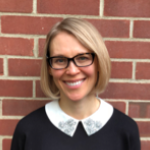
Alexandra Boltasseva
Purdue University, USA
Alexandra Boltasseva Bio:
Alexandra Boltasseva is a Professor at the School of Electrical&Computer Engineering at Purdue University. She received her PhD in electrical engineering at Technical University of Denmark, DTU in 2004. She is 2018 Blavatnik National Award for Young Scientists Finalist and received the 2013 IEEE Photonics Society Young Investigator Award, 2013 Materials Research Society (MRS) Outstanding Young Investigator Award, the MIT Technology Review Top Young Innovator (TR35), the Young Researcher Award in Advanced Optical Technologies from the University of Erlangen-Nuremberg, Germany, and the Young Elite-Researcher Award from the Danish Council for Independent Research. She is a Fellow of the OSA, IEEE and SPIE. She served on MRS Board of Directors and is Editor-in-Chief for OSA’s Optical Materials Express.
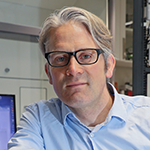
Tobias Kippenberg
École polytechnique fédérale de Lausanne, Switzerland
Tobias Kippenberg Bio:
Tobias J. Kippenberg is Full Professor in the Institute of Physics and Electrical Engineering at EPFL in Switzerland since 2013 and joined EPFL in 2008 as Tenure Track Assistant Professor. Prior to EPFL, he was Independent Max Planck Junior Research group leader at the Max Planck Institute of Quantum
Optics in Garching. While at the MPQ he demonstrated radiation pressure cooling of optical microresonators, and developed techniques with which mechanical oscillators can be cooled, measured and manipulated in the quantum regime that are now part of the research field of Cavity Quantum
Optomechanics. Moreover, his group discovered the generation of optical frequency combs using high Q micro-resonators, a principle known now as micro-combs or Kerr combs.
For his early contributions in these two research fields, he has been recipient of the EFTF Award for Young Scientists (2011), The Helmholtz Prize in Metrology (2009), the EPS Fresnel Prize (2009), ICO Award (2014), Swiss Latsis Prize (2015), as well as the Wilhelmy Klung Research Prize in Physics (2015) and the 2018 ZEISS Research Award. Moreover, he is 1st prize recipient of the “8th European Union Contest for Young Scientists” in 1996 and is listed in the Highly Cited Researchers List of 1% most cited Physicists in 2014-2018. He is founder of the startup LIGENTEC SA, an integrated photonics foundry.
Invited Speakers
ANP – Advanced Nanophotonics Platform
Amir Arbabi, University of Massachusetts, USA
Amit Agrawal, National Institute of Standards and Technology, USA
Alexander Govorov, Ohio University, USA
Yongmin Liu, Northeastern University, USA
Xingjie Ni, The Pennsylvania State University, USA
Leland Nordin, University of Texas at Austin, USA
Matthew Pelton, University of Maryland Baltimore County, USA
Gennady Shvets, Cornell University, USA
Greg Sun, University of Massachusetts Boston, USA
Dries Vercruysse, Stanford University, USA
Esther Wertz, Rensselaer Polytechnic Institute, USA
Yu Yao, Arizona State University, USA
AOP – Applications of Photonics
James Oleson, Oleson Convergent Solutions, USA
Damien Marianucci, U.S. Army Combat Capabilities Development Armaments Center, USA
Steve McHugh, Santa Barbara Infrared, USA
Kyle McNicholas, MIT Lincoln Laboratories, USA
John Prineas, The University of Iowa, USA
Daniel Wasserman, University of Texas at Austin, USA
ETP – Enabling Technologies in Photonics
Oliver Boomhower, GE Research, USA
Thomas Clark, The Johns Hopkins University, USA
Vivek Goyal, Boston University, USA
Dipankar Mitra, North Dakota State University, USA
Karl Nelson, Honeywell Aerospace Advanced Technology, USA
Dennis Prather, University of Delaware, USA
Nelson Sepulveda, Michigan State University, USA
David Torres, Air Force Research Laboratory, USA
Birsen Yazici, Rensselaer Polytechnic Institute, USA
HMB – Humanstate Measurement and Biosensing
Murat Akcakaya, University of Pittsburgh, USA
Nathaniel Bridges, Air Force Research Laboratory, USA
Nathaniel Cady, SUNY Polytechnic Institute, USA
Ashutosh Chilkoti, Duke University, USA
Matthew Coppock, CCDC Army Research Laboratory, USA
Daewoo Han, University of Cincinnati, USA
Jana Kainerstorfer, Carnegie Mellon University, USA
Ahyeon Koh, Binghamton University, USA
Ivan Medvedev, Wright State University, USA
Dharmakeerthi Nawarathna, North Dakota State University, USA
Minghan Xian, University of Florida, USA
HPLSET – High Power Laser Science and Engineering Technology
Todd Ditmire, University of Texas at Austin, USA
Jennifer Elle, Air Force Research Laboratory, USA
Ajoy Kar, Heriot Watt University, UK
Ki-Yong Kim, University of Maryland, USA
Sergey Vasilyev, IPG Photonics, USA
LDPM – Low-dimensional Photonic Materials
Ali Adibi, Georgia Institute of Technology, USA
Monica Allen, University of California, San Diego, USA
Stefan Catalin Badescu, Air Force Research Laboratory, USA
Nicholas Glavin, Air Force Research Laboratory, USA
Richard Hagland, Vanderbilt University, USA
Bo Li, Villanova University, USA
Deep Jariwala, University of Pennsylvania, USA
Francesco Monticone, Cornell University, USA
Prineha Narang, Harvard University, USA
Nick Vamivakas, Rochester University, USA
MMAP – Materials and Manufacturing for Advanced Photonics
Shamsul Arafin, The Ohio State University, USA
Craig Arnold, Princeton University, USA
Seth Bank, University of Texas at Austin, USA
Andre Cauduro, Lawrence Berkeley National Lab, USA
Luciano De Sio, University of Rome, Italy
Rebecca Dylla-Spears, Lawrence Livermore National Laboratory, USA
Phillip Feng, University of Florida, USA
Mark Mirotznik, University of Delaware, USA
Hooman Mohseni, Northwestern University, USA
Li Yang, Washington University at St. Louis, USA
NPNMAP – Novel Phenomena and New Materials for Advanced Photonics
Edward Flagg, West Virginia University, USA
Sean Garner, Corning, USA
Hayk Harutyunyan, Emory University, USA
Ortwin Hess, Imperial College London, UK
Malcolm Kadodwala, University of Glasgow, UK
Zhenqiang Ma, University of Wisconsin – Madison, USA
Nicolae Panoiu, University College London, UK
Stephan Reitzenstein, Technical University of Berlin, Germany
Kartik Srinivasan National Institute of Standards and Technology, USA
Ki Tae Nam, Seoul National University, South Korea
Jeffrey Thompson, Princeton University, USA
Yuebing Zheng, The University of Texas at Austin, USA
OEDDIP – Optical Emitter/Detector Devices and Integrated Photonics
Lilian Casias, Sandia National Lab, USA
Kent Choquette, University of Illinois at Urbana-Champaign, USA
Sang-Yeon Cho, Army Research Laboratory, USA
Michael Fanto, Air Force Research Laboratory, USA
Qing Gu, The University of Texas at Dallas, USA
Tingyi Gu, The University of Delaware, USA
Jason Kawasaki, University of Wisconsin, Madison, USA
Zetian Mi, University of Michigan, USA
Larry Minjoo Lee, University of Illinois Urbana Champaign, USA
Babak Nikoobakht, National Institute of Standards and Technology, USA
Michael Shur, Rensselaer Polytechnic Institute, USA
Paul J. Simmonds, Boise State University, USA
OIST – Optical Imaging and Sensing Technology
Samuel Cogar, Rutgers University, USA
John Delaney, National Gallery of Art, USA
Andrew Hood, Attollo Engineering, USA
Michael Goldflam, Sandia National Laboratories, USA
Michael Kelly, Copious Imaging, USA
Volker Sorger, George Washington University, USA
Zachry Theis, Air Force Research Laboratory, USA
Nicholas Westing, Air Force Institute of Technology, USA
Michael Wilson, Naval Research Laboratory, USA
OMPEES – Optical Metamaterials, Plasmonics and Engineered Electromagnectic Structures
Liang Feng, University of Pennsylvania, USA
Akhlesh Lakhtakia, Pennsylvania State University, USA
Deniz Mengu, University of California at Los Angeles, USA
Michelle Povinelli, University of Southern California, USA
Gennady Shvets, Cornell University, USA
Halldor Svavarsson, Reykjavik University, Iceland
Nanfang Yu, Columbia University, USA
OPM – Organic Photonic Materials
Daniel Adams, University of Southern Mississippi, USA
James Cahoon, University of North Carolina, USA
Anthony Johnson, University of Maryland, Baltimore County, USA
Matthew Jones, Rice University, USA
Neeraj Rai, Mississippi State University, USA
Sean Roberts, University of Texas at Austin, USA
James Schuck, Columbia University, USA
Chandra Yelleswarapu, University of Massachusetts Boston, USA
PDS – Photonics for Defense Systems
Hamzah Ahmed, University of Delaware, USA
Christopher Goldstein, Purdue University, USA
Stephen Grib, Air Force Research Laboratory, USA
Margaret Shea, US Army CCDC C5ISR Center, USA
Jason Stafford, Air Force Research Laboratory, USA
